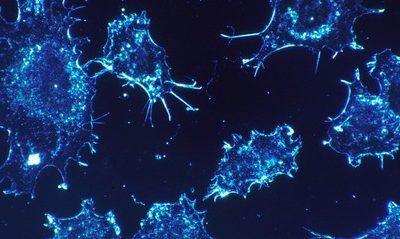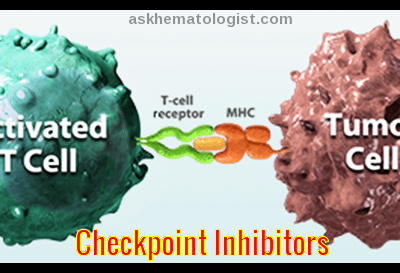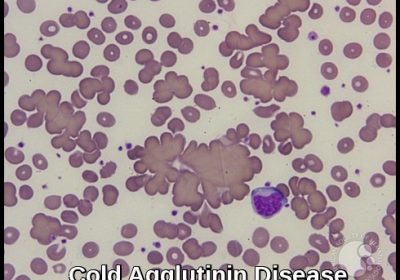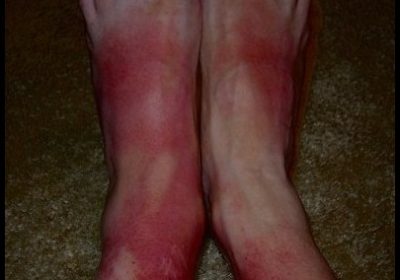Systemic Mastocytosis

Systemic mastocytosis (SM) is a form of mastocytosis in which mast cells accumulate in internal tissues and organs such as the liver, spleen, bone marrow, and small intestines. It is typically diagnosed in adults. Signs and symptoms vary based on which parts of the body are affected. The ICD-10 code for systemic mastocytosis is “D47.02“. To keep us healthy, mast […]
Read more






